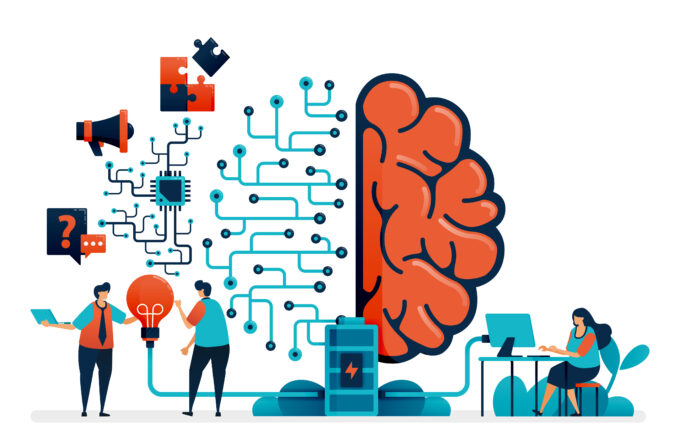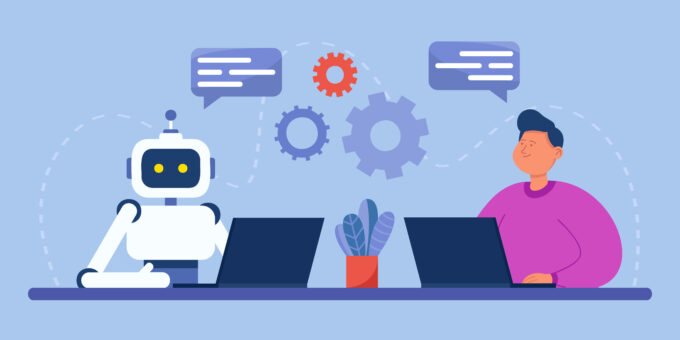Tapping into different sources of power – Emma’s story
Sophisticated use of AI can potentially augment all these sources of individual power. To illustrate this, consider the case of Emma, a data analyst in a mid-sized retail company. Before GenAI, Emma’s power was based on her ability to analyze sales data and generate reports, limiting her impact on her department.
However, when her company adopted a GenAI tool for predictive analytics, Emma saw an opportunity. She dedicated herself to mastering the AI system, learning to use it to forecast sales and identify customer behavior trends in real-time. Within months, Emma’s power has increased dramatically. Her expertise made her the go-to person for integrating AI-driven insights into business strategy, significantly enhancing her expert power.
The AI system also gave Emma access to a wealth of real-time data, boosting her informational power and ability to influence decision-making. As she began leading cross-departmental projects, Emma’s control over AI-driven processes positioned her at the nexus of critical workflows, increasing her structural power. Colleagues admired her innovative approach, enhancing her referent power. Moreover, Emma’s AI-driven insights allowed her to connect previously siloed departments, significantly boosting her network power within the organization.
Emma’s story illustrates how GenAI can amplify various dimensions of organizational power:
1. Legitimate power: While GenAI skills do not directly increase formal authority, they can lead to promotions or expanded roles as these tools become integral to operations.
2. Structural power: AI proficiency can dramatically alter organizational workflows, allowing skilled individuals to position themselves at critical junctures within these new AI-driven structures, thereby increasing their structural power.
3. Expert power: GenAI expertise represents cutting-edge knowledge with broad applications, making individuals indispensable and amplifying their influence across the organization.
4. Informational power: AI excels at processing and generating vast amounts of information. Skilled users can harness these tools to access, analyze, and distribute valuable insights, significantly enhancing their control over information flows.
5. Network power: AI tools can help individuals identify and leverage key connections across the organization, facilitating collaboration and the flow of information, thus enhancing their network power.
6. Referent power: AI proficiency can establish individuals as thought leaders or innovators, increasing their admiration and respect from colleagues.
7. Reward power: AI proficiency may grant increased access to resources and the ability to provide AI-driven insights, enhancing one’s capacity to influence reward distribution.
8. Coercive power: While GenAI is less directly associated with coercive power, those who control critical AI systems could potentially use their influence to impose restrictions or enforce compliance within the organization.
For those who can harness its potential, AI becomes a tool for augmenting traditional sources of power.







